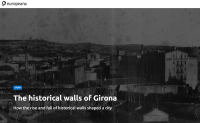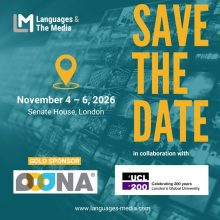Applications are accepted during the period of 11 November - 31 December 2019
bang. Prix is Turkey’s leading platform where art, design, technology and science intersect, founded in 2015 by a team of interdisciplinary minds with backgrounds in various fields and the common desire to share their curiosities and develop beyond the scope of their fields.
To date, bang. Prix has provided the support and mentorship to 57 participants in the development of their projects, showcasing them to thousands of audiences in 13 exhibitions in Turkey and abroad. In its fourth year, bang. Prix is expanding beyond support for project-based development and exhibitions as a platform that supports practitioners from different disciplines and countries to develop themselves at the nexus of art, technology, design and science.
Under the scope of the bang. Prix 2020 program, we open our call for applications to those interested in participating. The program provides resources, mentorship and networking opportunities customized to each participant.
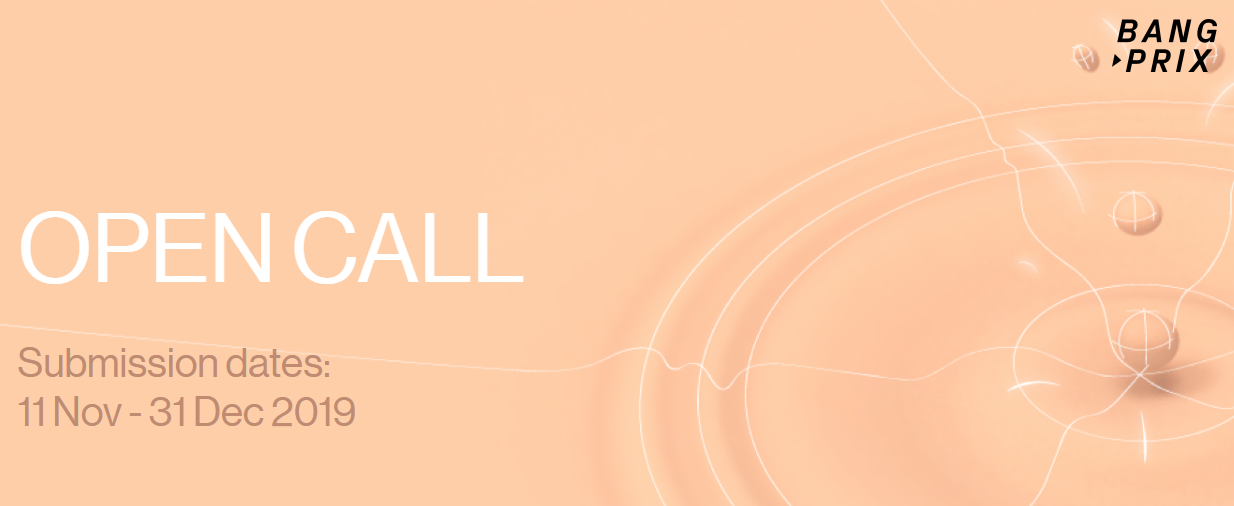
For more information about what the program offers, please visit the website here: http://www.bangprix.org/eng.html
Applications are accepted during the period of 11 November – 31 December 2019. A selection committee consisting of 5 external jury members and the bang.prix team will select the finalists to participate in next year’s program (January 2020 – November 2020). Application results will be released at the end of January.
Application is free of charge.
Who can participate?
Creatives who apply digital technologies or science, including:
● Artists
● Designers
● Architects
Professionals from science and technology fields expanding their practices to include artistic approaches. These fields may include:
● Neuroscience
● Biology
● Computer Science
● Sociology
● Philosophy
● Psychology
Priority will be given to those at early stages of their career, but applicants looking for opportunities will also be considered. The program is international and open to any nationality and country of residence. Individuals and groups/collectives may apply.
While the program is flexible for participants based in different countries, selected participants are expected to communicate openly and promptly and dedicate time from their usual activities to program activities throughout the program period (Jan – Nov 2020).
Evaluation criteria
Applicants are judged on the following criteria:
● Level of curiosity and motivation towards working in the intersection of art, science, design and technology
● Need for support provided by the bang.prix program
● How realistic the development goals are
● Clarity in expression of the applicant’s self and work
How to apply?
Submit your application documents to register@bangprix.org. The entire application process will take place digitally. Applications by courrier will not be accepted. Application documents should be in a folder named FirstName_LastName_withabang , and includes:
1. A completed application form downloadable here: https://drive.google.com/file/d/1-7MS8UhyOCPaOd-F9a-ln-vNBAYX-F12/view
2. CV and portfolio, if applicable, of previous projects and works.
3. Motivation letter (max. 800 words, titled FirstName_LastName_ML )
a. Why you wish to participate in the program
b. The work you wish to develop during the program (project or research idea)
c. The people or organizations you want to be in touch with during the program who may inspire or support your development
d. What you expect from the program
4. Other supporting documents related to the work you plan to develop during the program, if available
5. Contact information of two reference persons
6. Video supporting your motivation letter less than 1 minute (Optional)
Applications will be accepted in English or Turkish and in pdf or MP4 formats ONLY.
If you have any questions, feel free to get in touch at hi@bangprix.org.
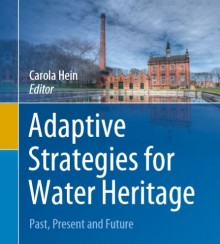 The society has not come to terms with its own water insecurity: chronic scarcity, over-extraction, natural catastrophes caused by water; the risks to both people and nature will increase as climate change will change the hydrology of the planet.
The society has not come to terms with its own water insecurity: chronic scarcity, over-extraction, natural catastrophes caused by water; the risks to both people and nature will increase as climate change will change the hydrology of the planet.

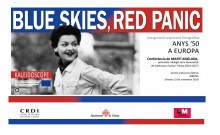
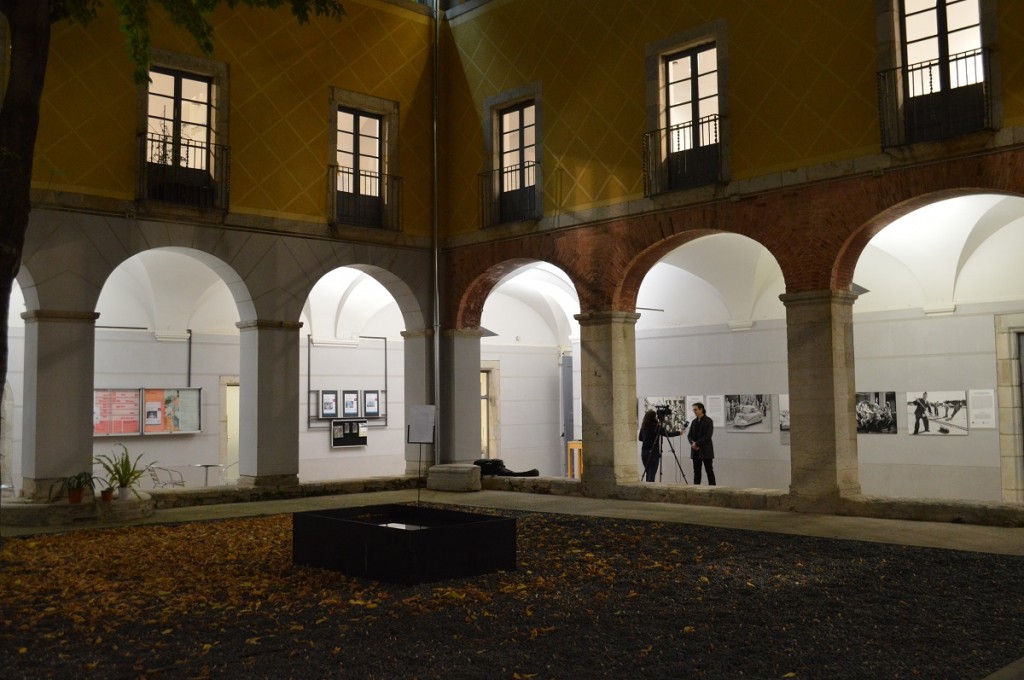 “BLUE SKIES, RED PANIC” photographic exhibition, realized in the framework of the
“BLUE SKIES, RED PANIC” photographic exhibition, realized in the framework of the 


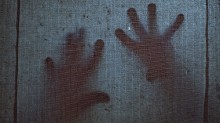
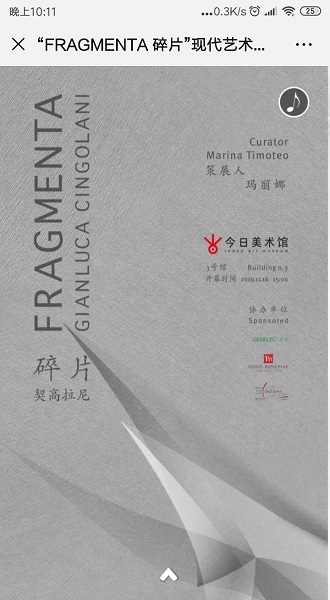 Gianluca Cingolani is a multidisciplinary artist, working with video, photography, graphic and music.
Gianluca Cingolani is a multidisciplinary artist, working with video, photography, graphic and music.








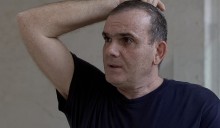

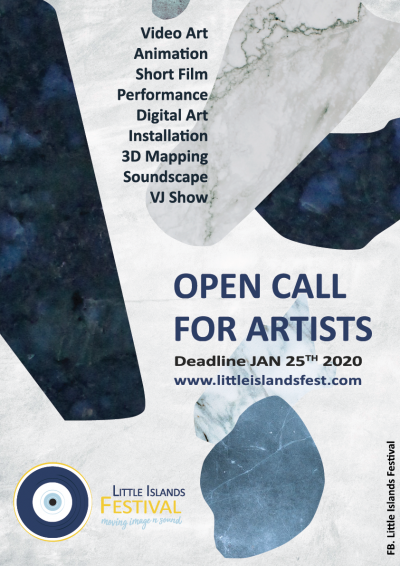 Little Islands Festival is a festival for people, places, ideas, images.
Little Islands Festival is a festival for people, places, ideas, images.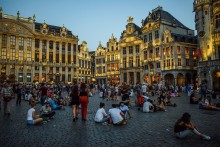
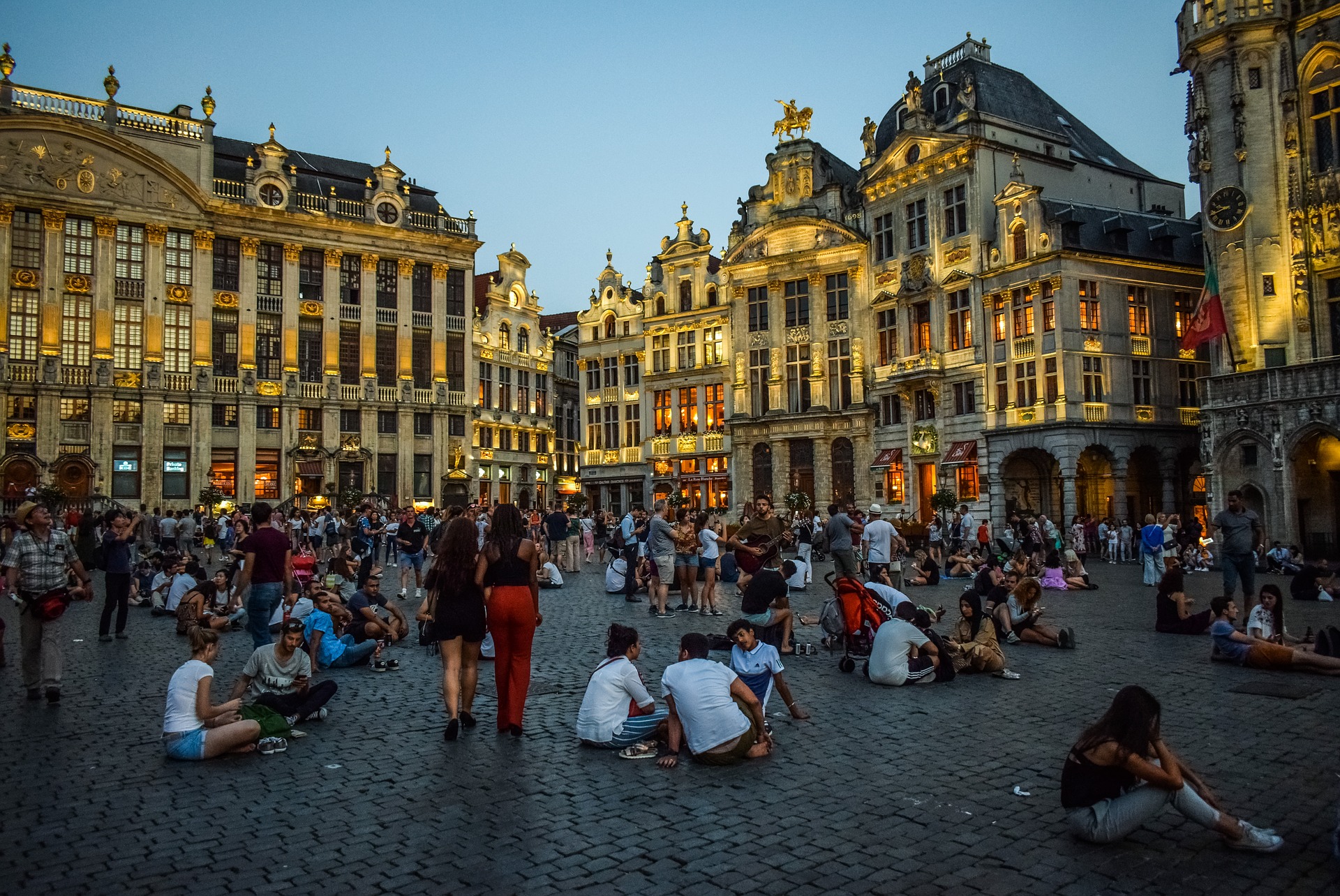 The 29th November, in Brussels,
The 29th November, in Brussels, 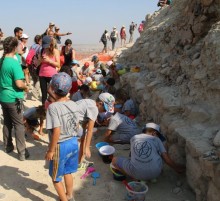
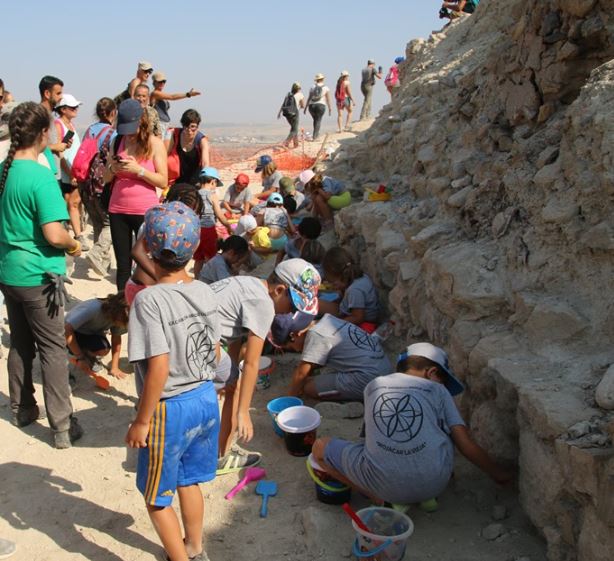 The third REACH international workshop will take place on the 26th November at the Oficina de Proyectos Internacionales (OFPI) in Granada.
The third REACH international workshop will take place on the 26th November at the Oficina de Proyectos Internacionales (OFPI) in Granada.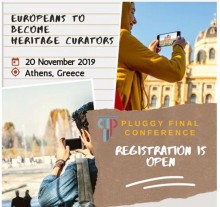
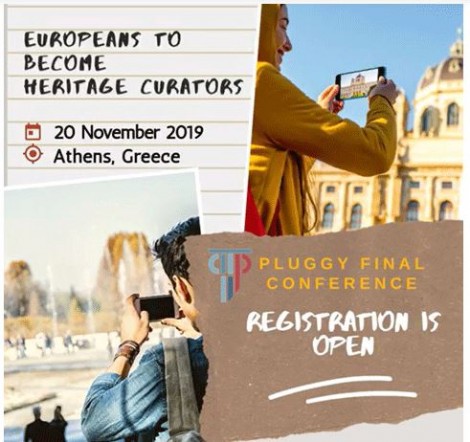

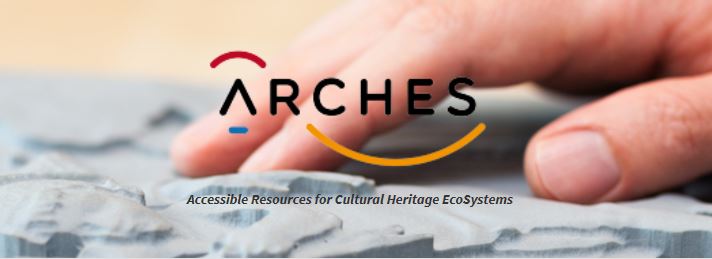 ARCHES, Accessible Resources for Cultural Heritage EcoSystems, is a 3 year European project with the aim to make art and cultural experience accessible for all, through the development of technological solutions that improve access to culture.
ARCHES, Accessible Resources for Cultural Heritage EcoSystems, is a 3 year European project with the aim to make art and cultural experience accessible for all, through the development of technological solutions that improve access to culture.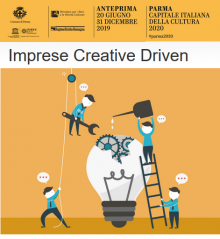
 Parma, the Italian Capital of Culture 2020, is launching a call and a programme to enable creativity and culture embed in the business industry.
Parma, the Italian Capital of Culture 2020, is launching a call and a programme to enable creativity and culture embed in the business industry.


























